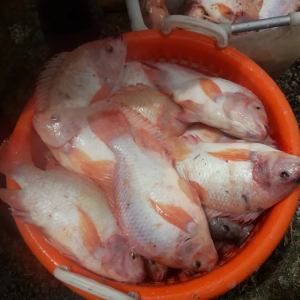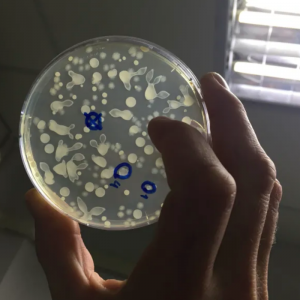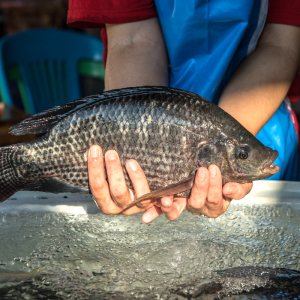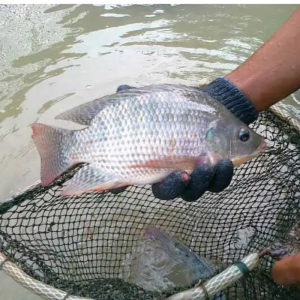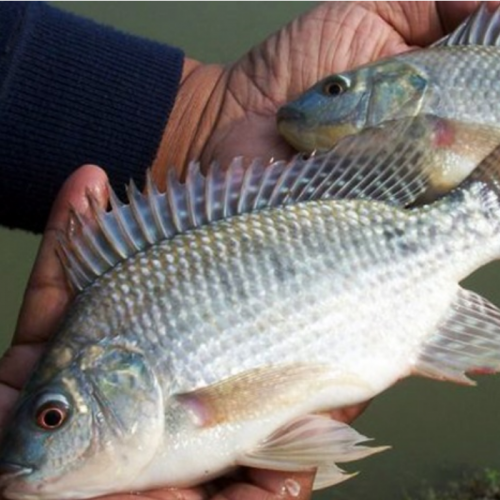
Green Algae - Substitute Partial Pellet Feed for Tilapia
| Fri, 13 Sep 2019 - 10:11
A recent research team of Nguyen Thi Ngoc Anh and colleagues at Can Tho University showed that fresh / dried green algae can use alternative food source to partially feed commercial tilapia to reduce costs. in the breeding process. In the Mekong Delta (Mekong Delta), Cladophoraceae green algae is found year-round in brackish water bodies (extensive, improved extensive ponds, natural waters, waste water channels, etc.) in large quantities. and has high nutritional value.
In Vietnam, green algae is distributed in brackish water bodies of Quang Ninh, Thanh Hoa, Hai Phong, Ha Tinh, Ba Ria-Vung Tau and Kien Giang (Nguyen Van Tien, 2007). In the Mekong Delta, green algae occurs all year round, often developing simultaneously with vermicelli, blue seaweed or alternating one after another in brackish water bodies, ponds, extensive ponds.
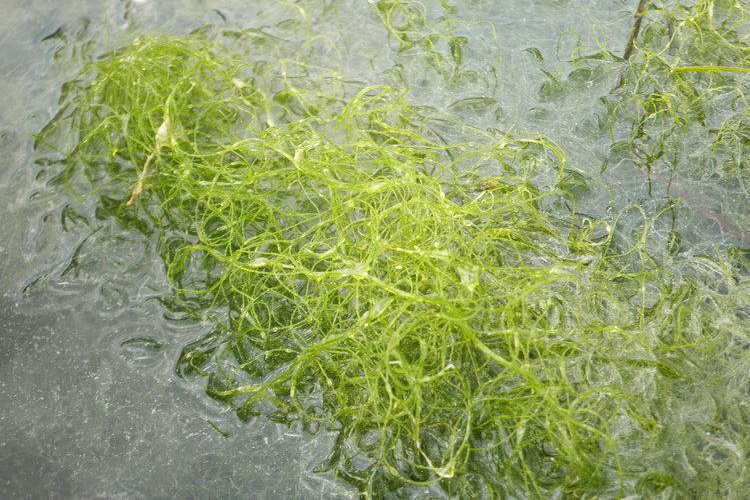
The nutrient content of green algae (Cladophoraceae) is rich in nutrients such as protein content, carbohydrates, astaxanthin, essential amino acids, which are suitable food for plant-loving fish. Green algae is used as an alternative source of fishmeal in pellet feed for tilapia up to 50% and the ability to digest green algae protein reaches 93.9% (Appler and Jauncey, 1983). Other research shows that the green seaweed protein (Cladophoraceae) can replace up to 30% of the fish meal protein in pellet feed for gourami ( Osphronemus goramy ) seed (Nguyen Thi Ngoc Anh et al., 2014a) and 40% protein Soybean meal in vannamei diet ( Litopenaeus vannamei)) growth of shrimp was better than shrimp fed diets containing no green algae powder (Nguyen Thi Ngoc Anh et al., 2014b)
Replace part of your diet with Green Seaweed for tilapia
The experiment consisted of 7 treatments with 3 replications and randomly assigned, experimental fish were fed alternately with pellets and fresh green or dried green algae with the frequency of feeding in the following treatments:
- Treatment 1: Food industry every day (control food, TA)
- Treatment 2: Fresh blanket daily (RXT)
- Treatment 3: Dry blanket every day (RXK)
- Treatment 4: 1 day of fresh blanket 1 day of pellet feed (1RXT_1TA)
- Treatment 5: 1 day dry blanket blanket 1 day pellet feed (1RXK_1TA)
- Treatment 6: 2 days of fresh blanket 1 day of pellet feed (2RXT_1TA)
- Treatment 7: 2 days of dry blanket blanket_1 days of pellet feed (2RXK_1TA)
Experimental fish were fed satisfactorily 2 times / day at 8:00 and 17:00 hours. Green algae are cut into short pieces of 2-3 cm before feeding. Leftover feed and algae are checked and collected after 1 hour of feeding. Ponds are exchanged once a week, about 30% of the water in the tank. The experiment period was conducted 60 days.
Result
After 60 days of culture, the survival rate of the fish is not affected by the food, ranging from 93.3 to 98.3%. Growth rates of fish fed alternately 1 day fresh / dry green algae_1 days pellet feed did not differ.
Applying alternately feeding green algae and food, the amount of pellet feed can be reduced from 29.6% to 38.6% and the water quality is better than the control treatment.
Source : tepbac.com













